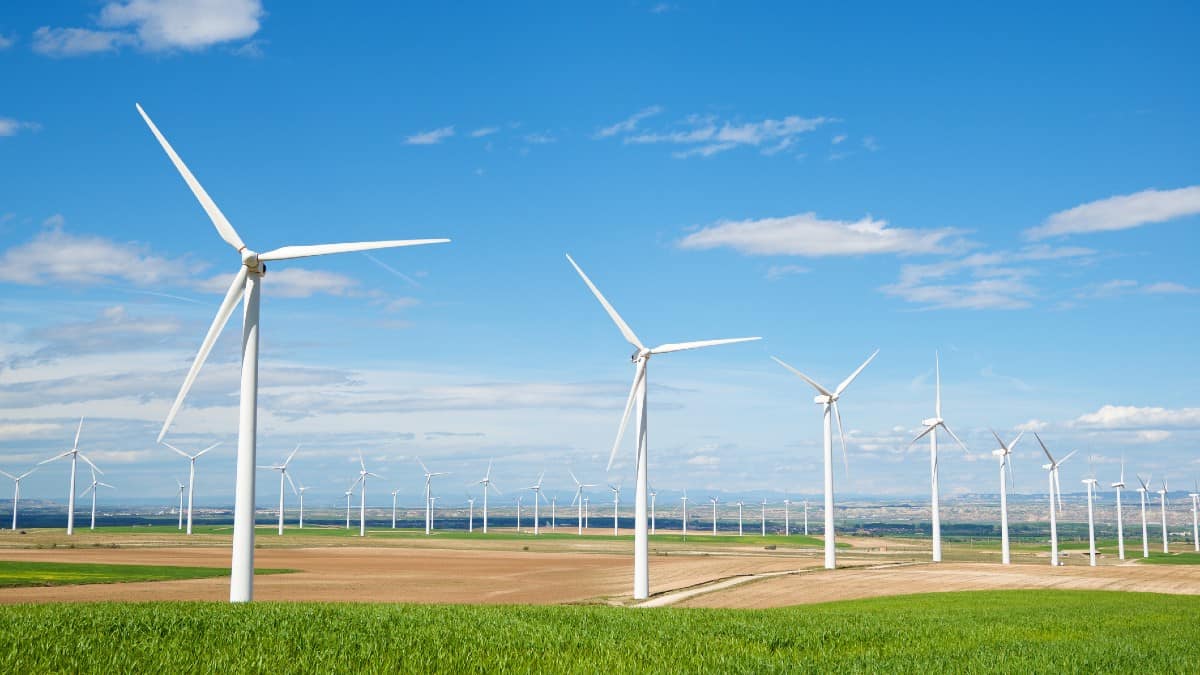National Grid (LSE:NG) is a popular UK investment. It’s an energy utility company that owns and operates the gas and electricity transmission network in England and Wales. It’s also involved in energy distribution, and generation. So, with a global focus on building energy resilience and using renewable sources, are National Grid shares now a buying opportunity?
I believe there are three key things investors need to consider with National Grid shares:
1. The fundamentals
Share price — the share price is down 16% in the last year. This generally follows the same trend downwards as the FTSE 100 index.
Financials — it generated £21.7bn in revenue in 2022, and its earnings per share (EPS) were £0.74. The company also has a strong profit margin of 13%.
Valuation — the price-to-earnings (P/E) ratio of 13.1 times is slightly below the average of the wider utilities sector at 14 times. A discounted cash flow calculation suggests the shares may be 24% undervalued at present, with a calculated fair value of £12.60. They closed Friday below £10.
Debt — the company has significant debt at £43.4bn. This isn’t a major surprise for a utilities provider, with physical assets valued at £64.4bn+. With interest rates climbing, this may be a concern though. The debt-to-equity ratio is increasing, and interest payments aren’t currently covered by earnings.
Dividend — the shares have a dividend of 5.5%, which is fairly close to the UK market average of 5.8%. The company has a long history of pay-outs and has consistently increased its dividend over the years.
2. The potential
The company effectively has a monopoly on the electricity transmission network in England and Wales. It’s also the dominant player in the gas transmission market. It’s also investing heavily in renewable energy, which is a rapidly expanding market following political and public demands.
More than a third of all global publicly traded companies now have Net-Zero targets for cutting carbon impact, climbing steeply from only a fifth in 2020. Alongside the sustainability angle, reducing the UK’s dependence on other countries for oil and gas has been identified as a priority for the government. With the population growing, and increasing electricity use due to consumer demands, the future looks good for the energy market. That’s great news for National Grid.
National Grid is a regulated business. This means its profits are capped by the government. However, the company is unlikely to face any major regulatory challenges in the near future. This means investors are unlikely to get many surprises, but also may have limited returns.
As a result, it should see long-term growth, but it may not be anything to brag about in terms of returns for investors.
3. The risks
There are some risks associated with investing in this stock. The firm is facing challenges, such as rising maintenance costs. And it’s heavily exposed to strategies set by UK government. The authorities could feasibly change regulations in a way that’s unfavourable to it.
Am I buying?
The utilities sector is a fairly reliable source of returns for investors. However, this is really only the case when demand is high, costs are low, and the future outlook is clear. I see too many changing variables and limited growth opportunities to feel comfortable with an investment in National Grid. I’ll be steering clear.






